Bridal Traditions from Around the World
Kara Hyden
When it comes to wedding traditions, most of us in America know what we expect to see. Traditions like tossing the bouquet, lighting a unity candle or observing a sand ceremony, eating bites from a groom’s cake or hearing what the bride included in her “something old, something new, something borrowed and something blue”.
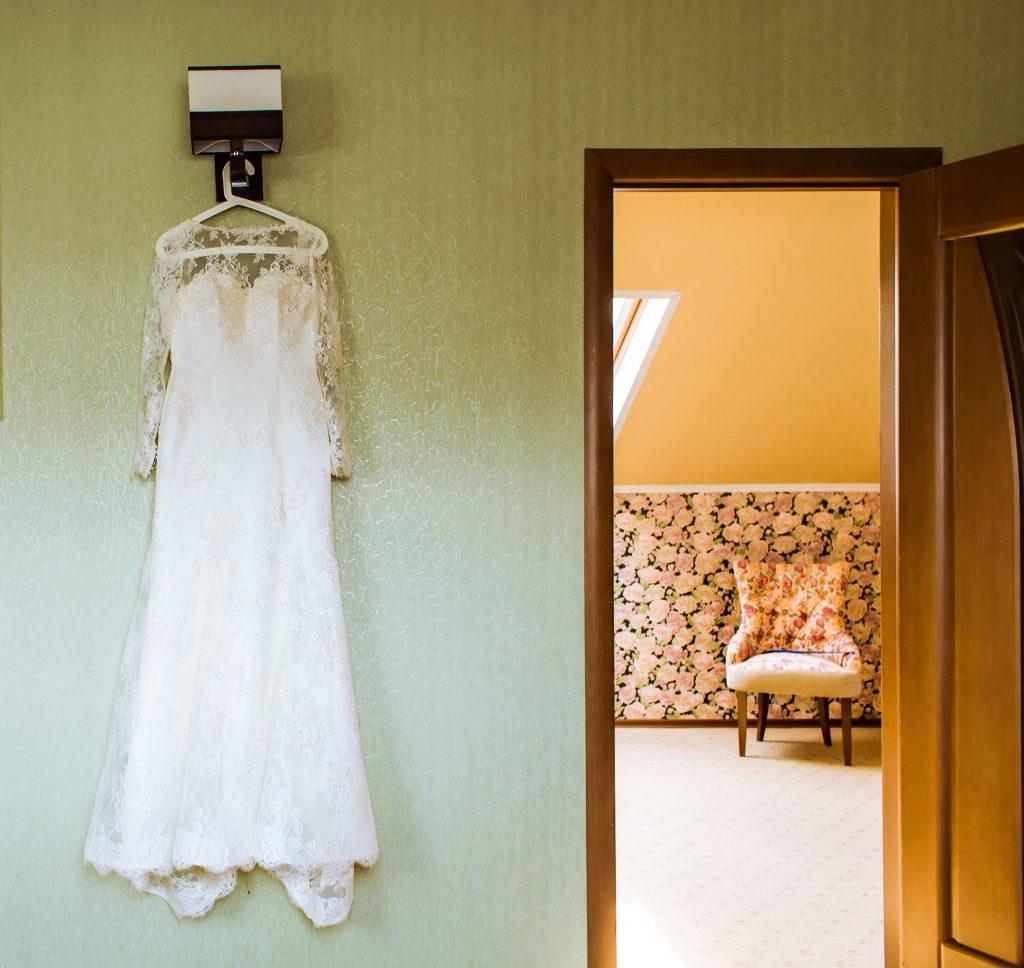
Other countries around the world have wedding traditions and rituals as well. Some you may have heard of, thanks to movies like, ‘My Big Fat Greek Wedding’ or, some you may have observed in person or pictures, depending on your family or heritage. Read on as we explore some of the bridal traditions from around the world.
Mexico
In Mexico, couples may include a lasso during their ceremony. The wedding lasso is made of rosary beads and flowers and is draped around the shoulders of the couple in a figure eight. The shape of the figure eight represents the infinity symbol, which signifies the couple’s union and the potential length of the marriage. The lasso can also be wrapped around the couple’s hands to symbolize their commitment to each other and the idea that their lives are now intertwined.
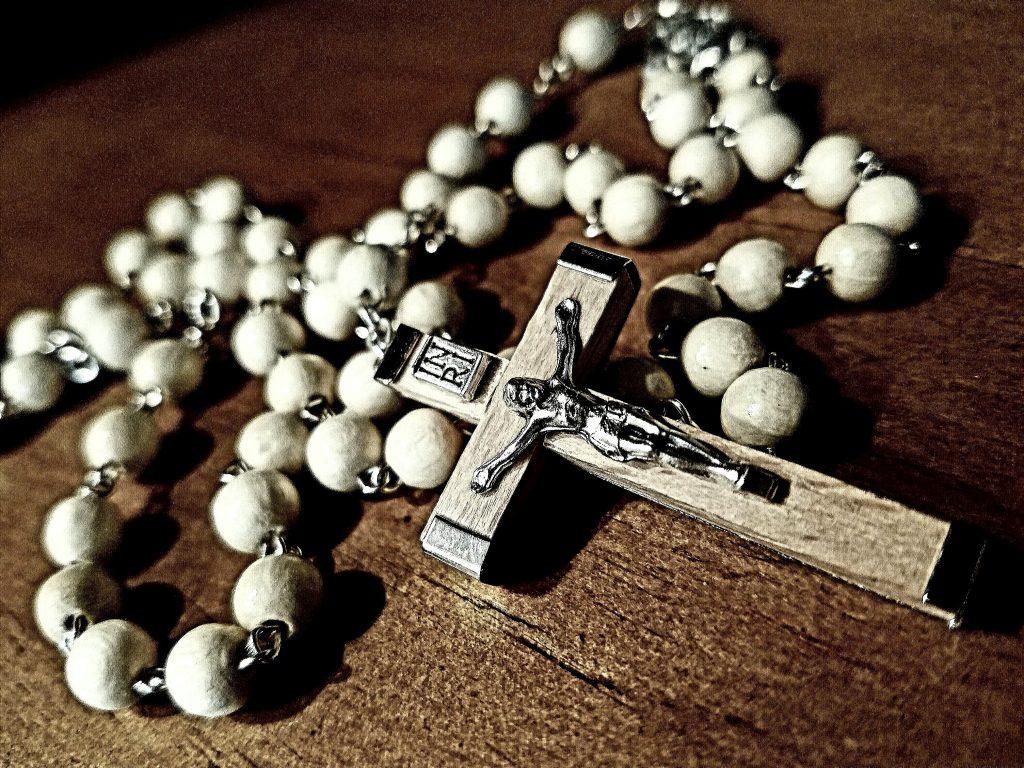
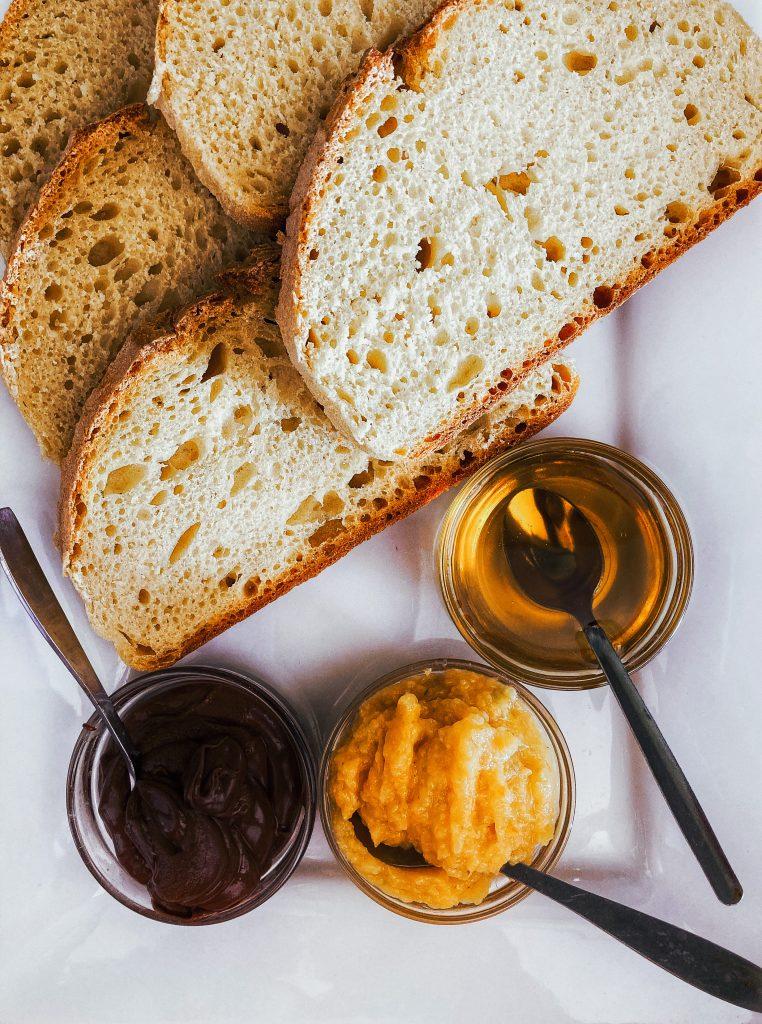
Armenia
In Armenia, when the bride and groom enter the reception, typically held at the groom’s house, they first break a plate for good luck and then are given lavash (bread) and honey by the groom’s mother. The lavash is balanced on the shoulders of the couple to ward off evil and then they eat spoonfuls of honey to symbolize happiness.
Guatemala
In Guatemala, when newlyweds arrive at the groom’s home, it’s a tradition that the groom’s mother breaks a white ceramic bell filled with grains, like rice and flower, to bring prosperity to the couple.
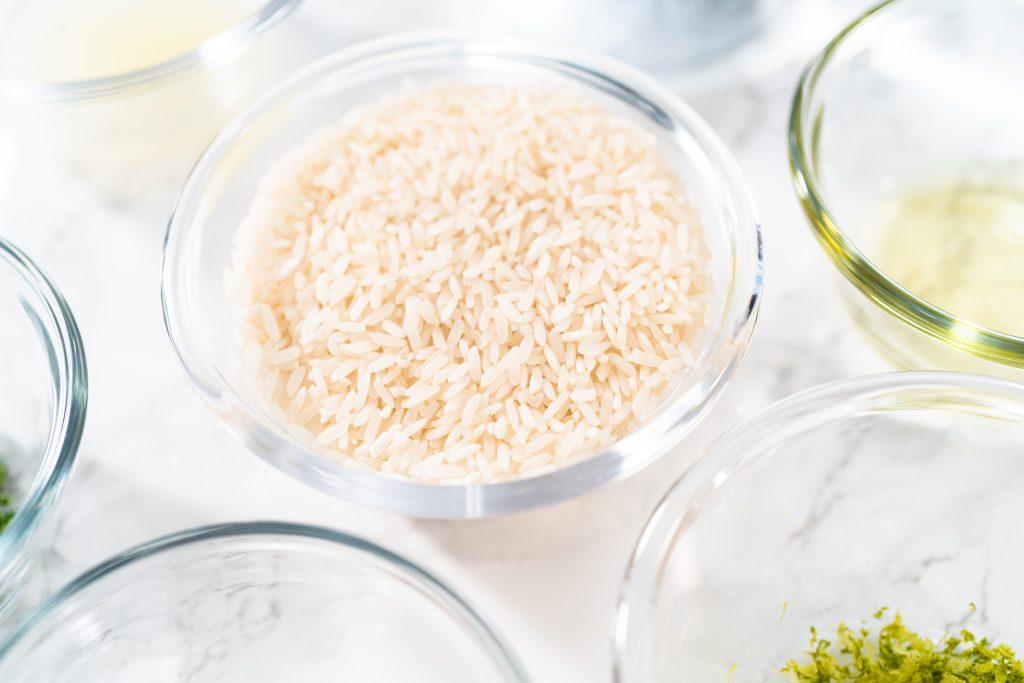
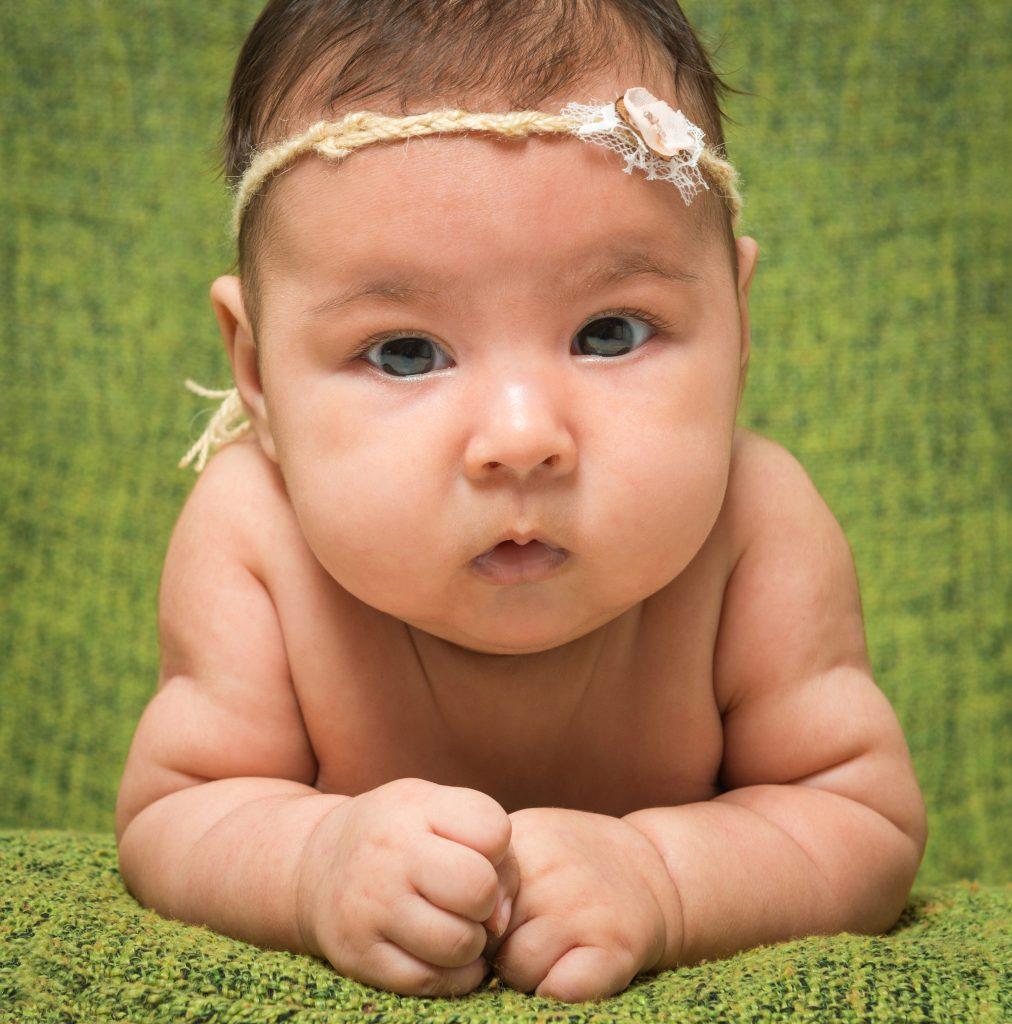
Czech Republic
In the Czech Republic, before a bride and groom tie the knot, an infant is placed on the couple’s bed to bless and enhance their fertility. Once the couple has wed, guests shower them with rice, peas or lentils, which also promotes fertility.
The Philippines
The Philippines has several traditions that brides and grooms incorporate into their wedding. After tying the knot, happy brides and grooms release a pair of white doves—one male and one female—into the air. The birds are said to represent a harmonious life together for the newly married couple. Another tradition includes a cord and veil, which represents the couple’s oneness in marriage. And finally, there’s an exchange of 13 coins, known as arras. The coins are a symbol of the couple’s commitment to provide for each other throughout their married life.
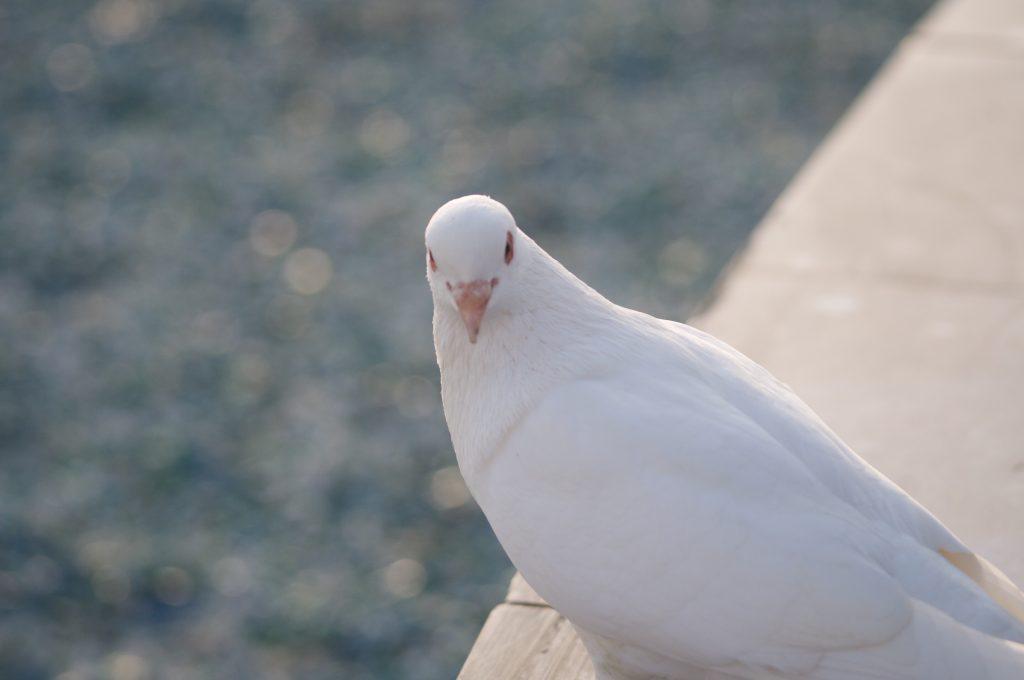
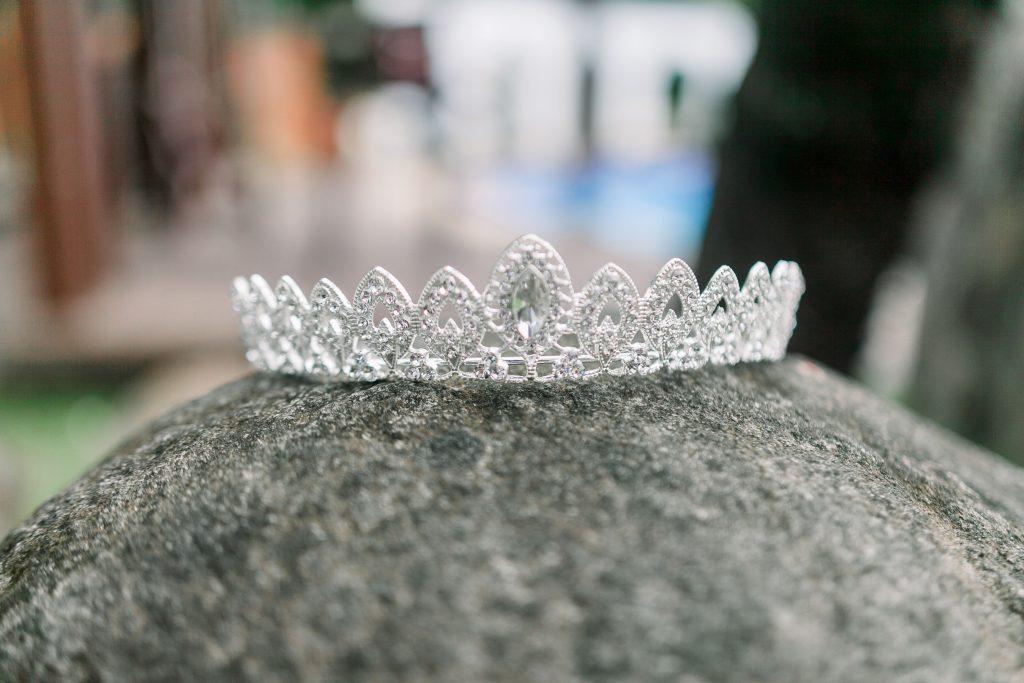
Norway
One of the traditions in Norway says that brides that wear an ornate silver and gold crown with small charms dangling around it will ward off evil spirits.
China
The Chinese have a few traditions including the bow and arrow ceremony. The prospective husband will shoot his bride with a bow and headless arrows three times, then collect the arrows and break them during the ceremony to ensure everlasting love. There’s also a tradition known as carrying the bride. The bride’s family will hire a “good luck” woman to take care of the bride as she travels from her home to her groom’s home in an elaborately decorated sedan chair. The bride’s other attendants will shield the bride with parasols and toss rice at the chair, as the rice is a symbol of health and prosperity.
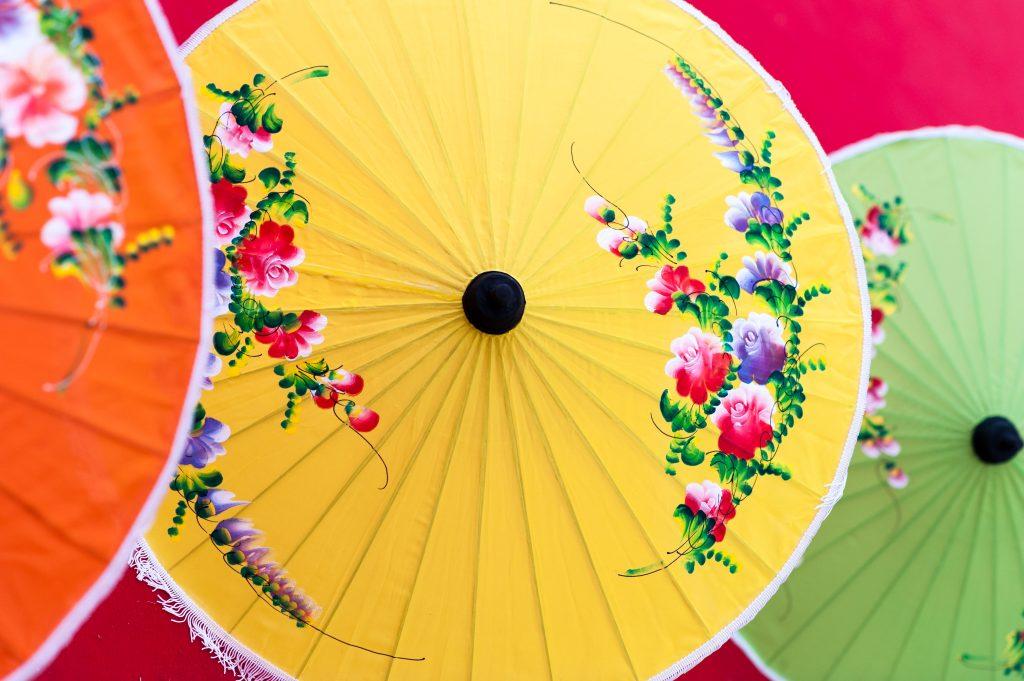
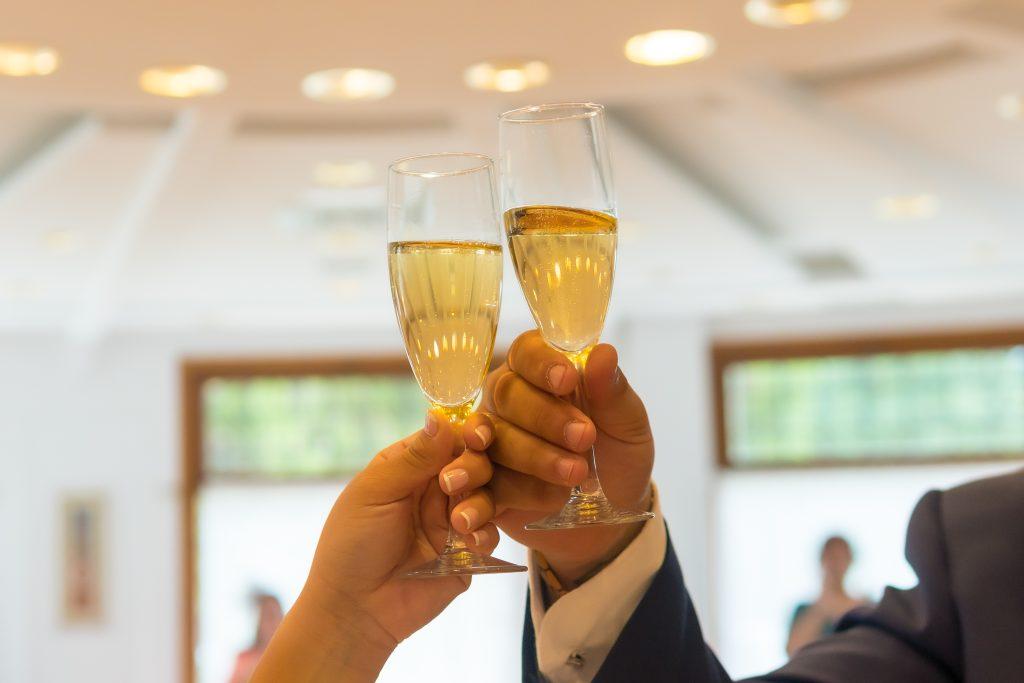
Scotland
In Scotland, a quaich ceremony is held for the newlyweds. A quaich, also known as the Scottish cup of love, is a toast reserved for the bride and groom featuring a two-handled cup. The pair exchanges sips, each taking a turn to serve the other. It is said that this symbolic act encapsulates the unity of the bride and groom’s family.
Cambodia
In Cambodia, the Gaat Sah is a unique and notable wedding tradition. The ceremony involves a few strands of hair being cut from both the bride and groom’s heads as a symbol of saying goodbye to their old life and embracing their new marriage.
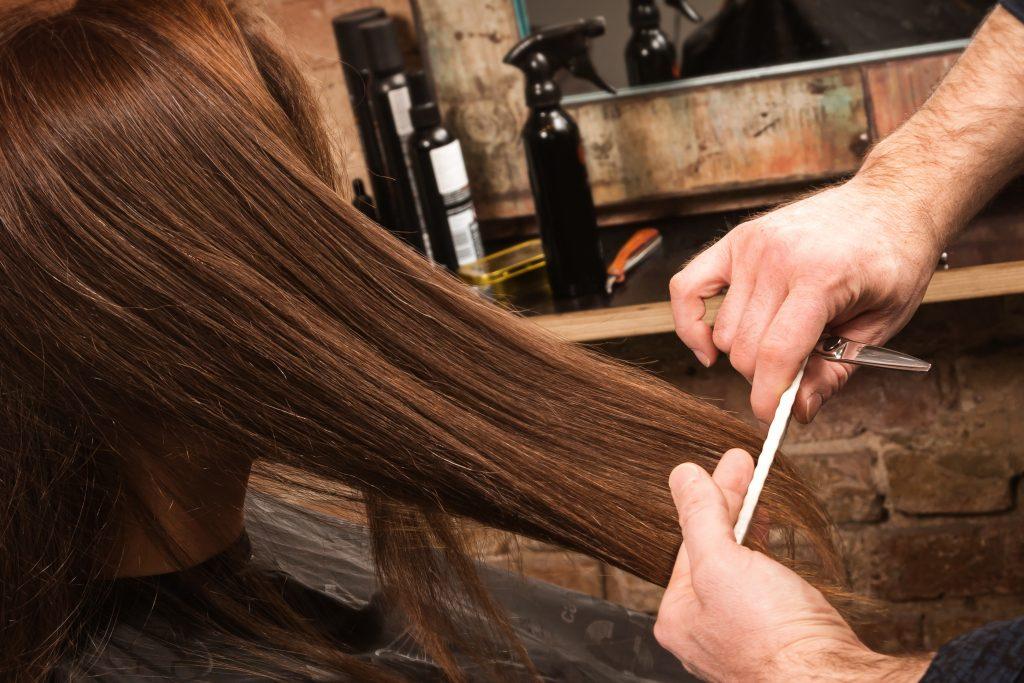
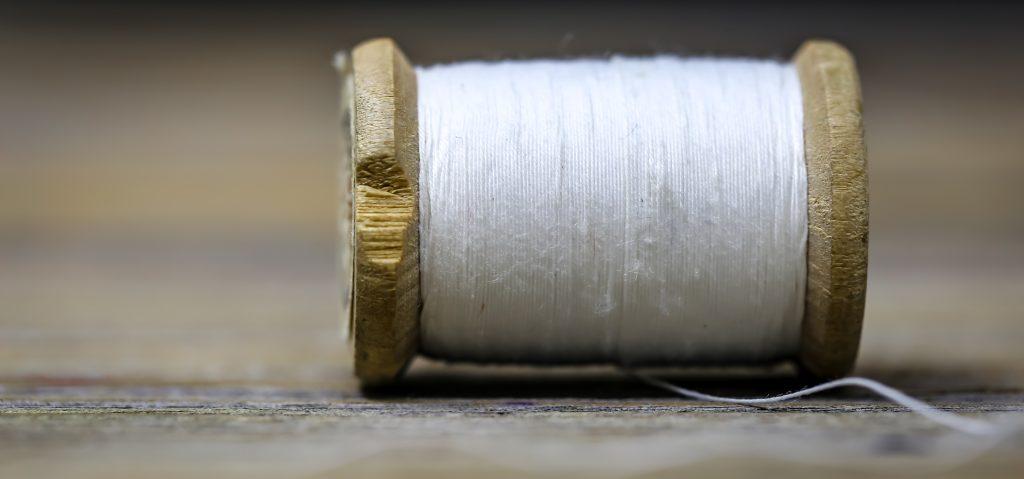
Thailand
During a traditional Thai wedding ceremony, the couple will be joined together by a white thread to symbolize their union. They will also receive a water blessing as water is poured over their hands at the wedding.
Greece
In Greece, placing a lump of sugar inside the bride’s glove is said to ensure a sweet life, and adding a gold coin to the inside of her shoe will bring good financial fortune. Iron is said to ward off evil spirits throughout the day, so the groom will put a piece of iron in his pocket. Another interesting symbol of good luck for Greek couples is that they only invite guests in odd numbers and the number of attendants in the wedding party are odd numbers because odd numbers cannot be divided.
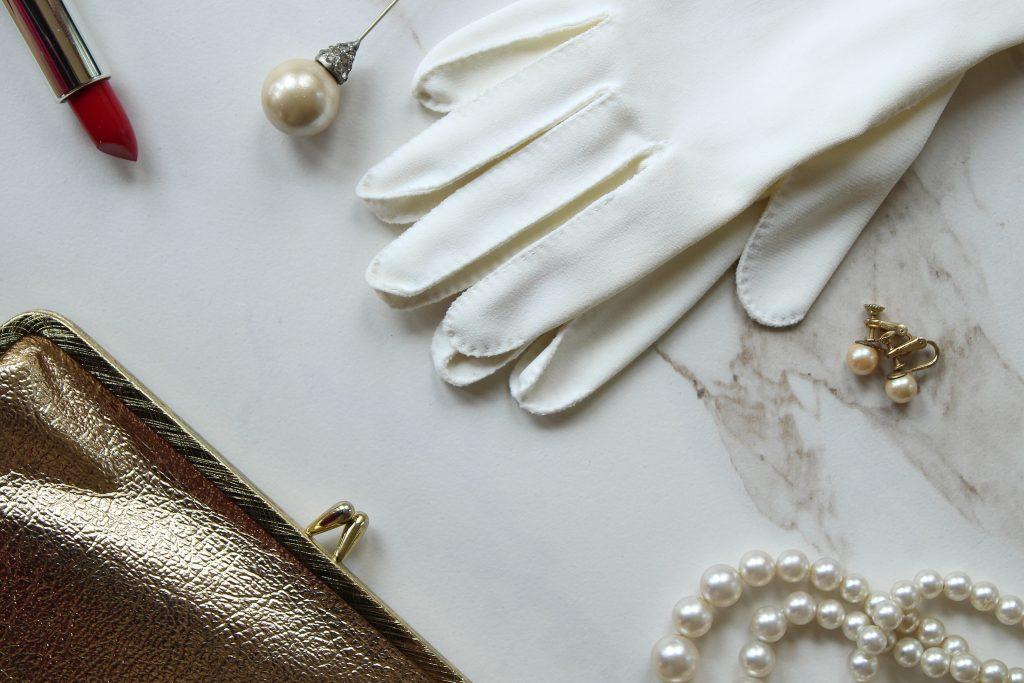
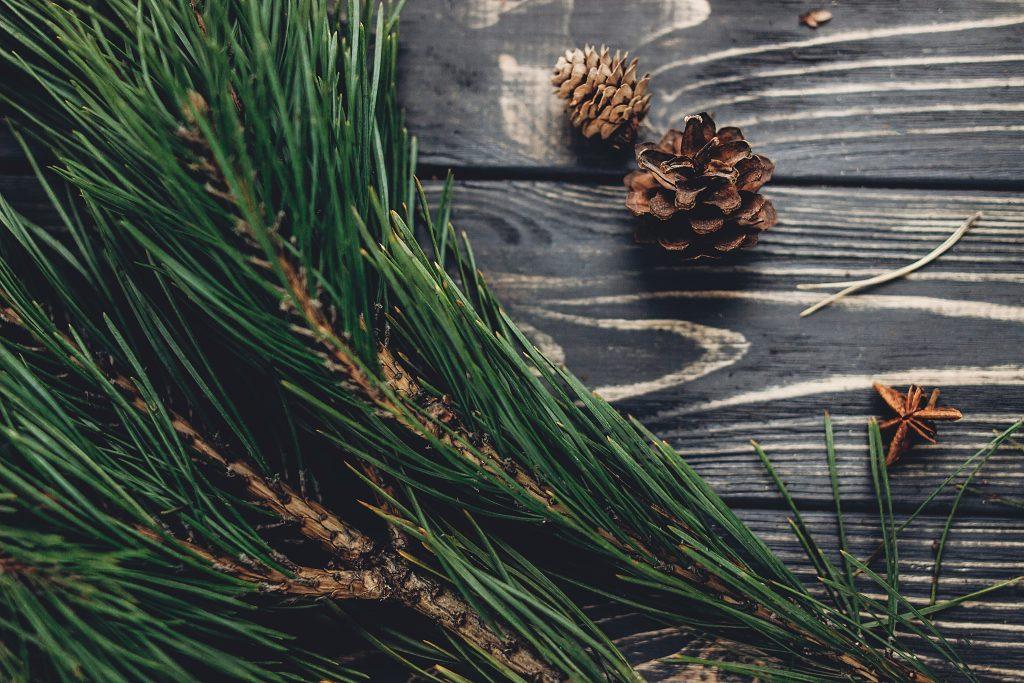
Germany
Following the wedding ceremony in Germany, the newlyweds walk over a trail of fir branches that epitomize their fortunate and fertile future, and then complete baumstamm sägen, a ritual where they join forces to saw a log in half. By sawing the log in half as a team, it is believed they are proving their ability to work together in overcoming tough obstacles.
Wedding traditions come in many forms and fashions. Most can depend on your nationality and heritage or can be whatever you want to incorporate into your special day. Whether your tradition is to jump the broom after you’re married or bury the bourbon before the wedding, whatever it is, it’s your wedding, make it your very own.

